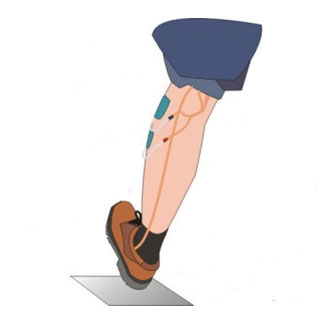
Long term FES studies are valuable as they provide evidence to assist with decision making and patient management on use of FES.
A study, recently published in the Journal of MS Care, is summarized below. It concludes that even with deterioration from MS progression, affecting walking, FES continues to be of value & benefit to patients over the long term.
{An orthotic effect refers to the effect/benefit from stimulation tested at any time post fitting of a stimulator, versus without stimulation}. Assessing walking speed is found to be a reliable indicator of overall walking performance in MS.
Five-Year Follow-up of the Effectiveness of Functional Electrical Stimulation for People with Multiple Sclerosis:
Authors: Tamsyn Street, PhD; Christine Singleton, MSc, MCSP
Few studies have examined the long-term consequences of using peroneal nerve functional electrical stimulation (FES) for people with multiple sclerosis (MS). This study examines orthotic effects on a longitudinal cohort over 5 years and explores additional benefits of FES on self-reported measures such as joint pain.
In a group of one hundred forty-five people with foot drop and MS a – significant difference was found overall for walking with FES compared with walking without FES for the 5-year period. Despite a significant decline in overall unassisted walking speed at baseline (0.58 metres/second) compared with 5 years later (0.46 m/s) (P < .001), participants achieved an orthotic effect with (0.52 m/s) versus without (0.46 m/s) FES after 5 years.
A significant decrease in joint pain was found after 6 months compared with day 1 (P = .004), which was maintained after 5 years (P < .001).
The study concludes that despite progression of MS, long-term users of FES still benefit from an orthotic effect after using FES for 5 years. The study highlights the need for further work to assess the perceived benefits of FES regarding the experience of joint pain.
To read the full study: http://ijmsc.org/doi/abs/10.7224/1537-2073.2016-094
Post a Comment